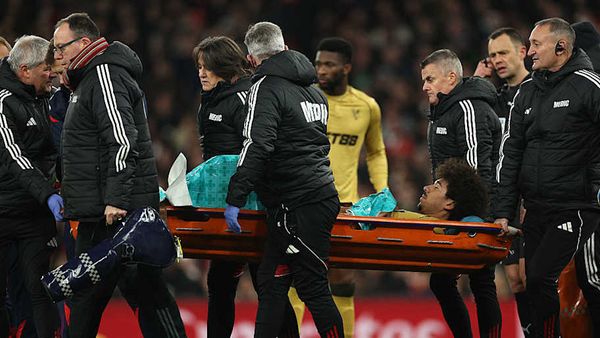
In a “normal” year, Bernie Free would start seeing green shoots in the paddocks of his dairy farm in early May. This year the germination did not arrive until July – which means “naturally less sunshine, less warmth and so on – the grass grows slower”, he says.
In the two years to September, southern Australia has had much lower than average rainfall – the lowest on record in some parts of Victoria, South Australia and Tasmania. It is a drought so bad that some farmers are searching for comparisons in the 1960s and even as far back as 1914.
Rainfall picked up in June and July in some areas but it may already be too late. The grass needs time to grow and the drought has affected many of the areas around the SA-Victoria border, where farmers would look to shore up reserves of feed.
The timing of rain is crucial for farmers such as Free, who lives near Warrnambool in southern Victoria: “We can grow a hell of a lot of grass in a low rainfall year if that rain happens at the right time.”
Ideally they want the rain to fall in March and April so they can start to get those green shoots in early May. “We need a dump of rain that gives us the autumn break so that we get the soil moist before it gets cold, so we can get that grass up out of the ground and growing before winter comes.”
In the past couple of years that hasn’t happened. Warrnambool airport’s weather station has had below-average rainfall in the past couple of years. But, more critically, February and March last year were the lowest on record, and this year hasn’t been much better.
Three years ago many of the farmers around Warrnambool were wondering if they had enough fodder to cover a “normal summer”. Now Free says: “Nobody’s got any silage or hay left, and small farms have spent two, three, four hundred thousand dollars. Some of us big farms have spent $1m in the last 12 months, buying hay and silage to feed the animals.”
Compounding the drought for Victorian farmers was how many other places were also hit by droughts and other natural disasters – including parts of Western Australia, New South Wales and Queensland.
“And at some stages, it wasn’t a matter of how much you were prepared to pay,” Free says of the feed. “It was a matter of whether you could get it.
“You had that situation there in the middle of June, early July where farmers were just saying, ‘I can’t feed these cows, they have to go to the abattoir.’ They were perfectly good milking cows but it wasn’t even about economics. It was about the availability of feed.”
There has been so much rain in the southern Victoria region over the past couple of months that the soil moisture is back in the average range, according to Bureau of Meteorology data. But this doesn’t mean the drought is over, according to Dr Chiara Holgate from the Australian National University.
She says south Victoria has had small amounts of rain. “But it hasn’t been enough to really replenish supplies. And the work that we’ve done in the past has shown that we really need heavy rainfall days to break the drought.
“Just because it’s showing average now doesn’t mean that the drought is over or doesn’t mean, depending on how you define drought, it doesn’t mean the drought is gone.
“It means there’s more water in the soil … but it doesn’t mean we’ve had enough rain to refill rivers and reservoirs.”
Free says: “The last two months, I think, have been average for where I am.
“But it’s the fact that two months ago we started with soil that was just so dry that it hasn’t even got back to where it needs to be.”
And, even if rains continue, Free says it could take years for some farmers to recover. “If they’ve had to sell cows and they’ve had to sell young stock, they’re probably looking at a five- to six-year turnaround to get anywhere near back where they were.”







